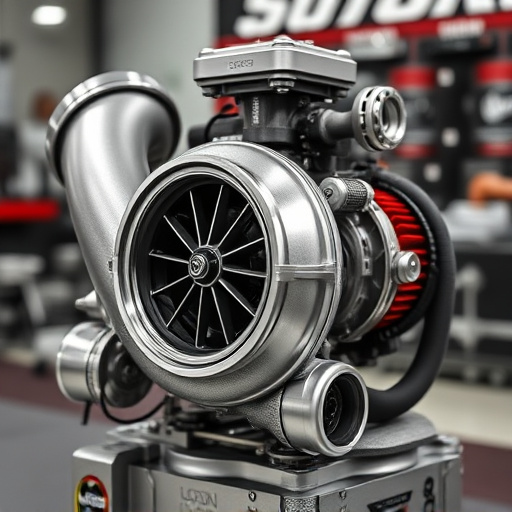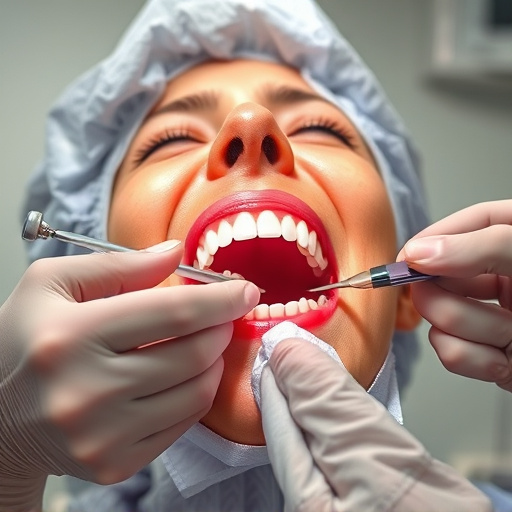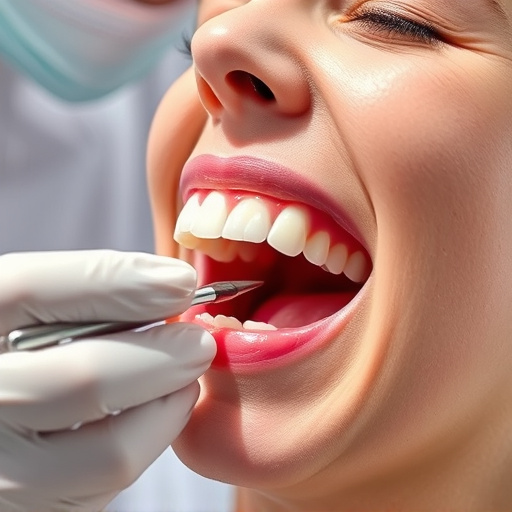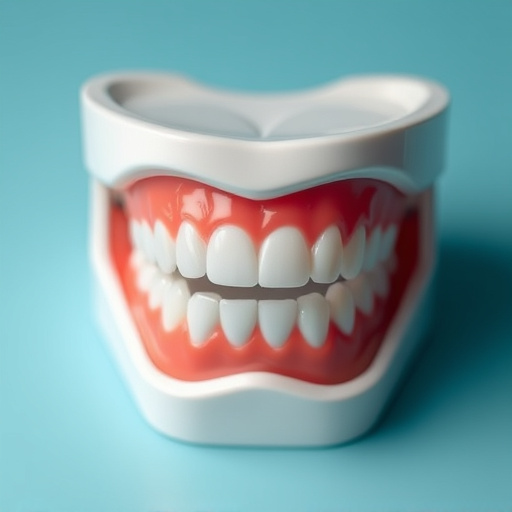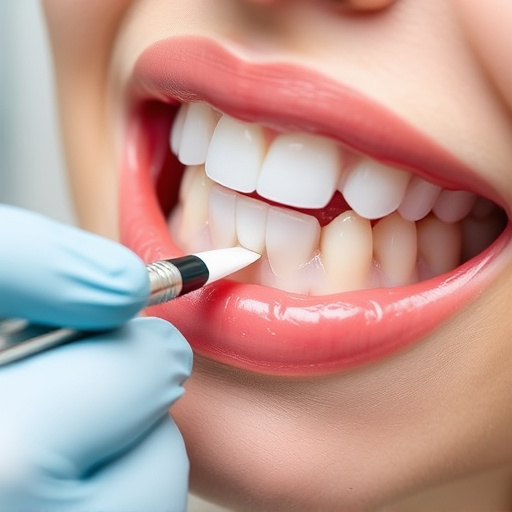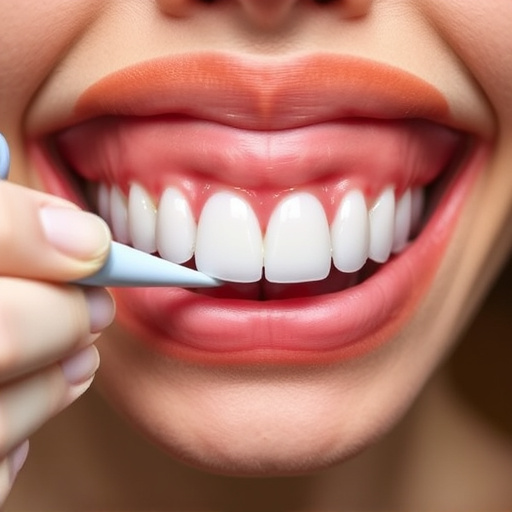Dental office technology is undergoing a digital revolution, significantly enhancing the speed and efficiency of dentistry. Advanced tools like clear aligners, 3D printing, and digital imaging streamline procedures, reduce patient appointment times, and improve diagnostic accuracy. Electronic Health Records (EHR) digitize patient data, enabling quick access to medical histories and streamlining administrative tasks, ultimately fostering better communication among dental team members and specialists for enhanced care. These innovations collectively boost patient satisfaction while ensuring high-quality oral healthcare services.
Dental offices are experiencing a treatment speed revolution thanks to advanced technologies. From digital imaging and 3D printing that streamline procedures, to electronic health records (EHR) for efficient patient management, modern tools are reshaping dental care. Sedation technology and ergonomic dental chairs further enhance patient comfort, enabling faster treatments. Additionally, software solutions and robotics automate administrative tasks, boosting productivity and allowing dentists to focus more on patient care. Discover how these innovations are transforming the dental office landscape.
- Streamlining Dental Procedures with Digital Tools
- – The impact of digital imaging and 3D printing on treatment speed
- – Advantages of electronic health records (EHR) for efficient patient management
Streamlining Dental Procedures with Digital Tools
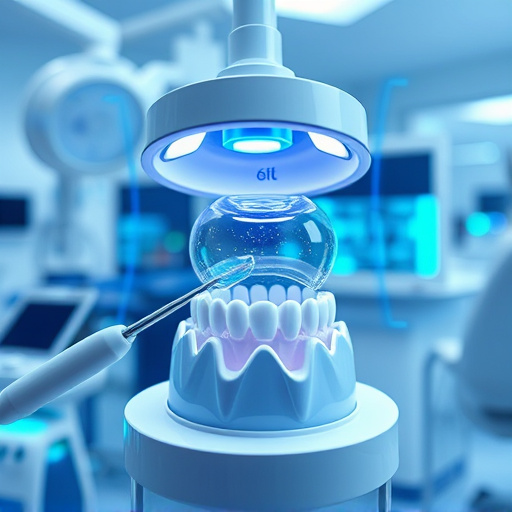
In today’s digital era, dental office technology plays a pivotal role in revolutionizing treatment speed and efficiency. One of the most significant contributors is the adoption of digital tools for streamlining dental procedures. For instance, clear aligners have transformed the landscape of orthodontics, offering a virtually invisible and convenient alternative to traditional braces. This not only enhances patient aesthetics but also speeds up treatment times, making it more appealing to both adults and children seeking orthodontic care.
Furthermore, digital technologies like advanced imaging systems and computer-aided design (CAD) software have made diagnostics and planning much faster and more accurate. In family dentistry and children’s dentistry settings, these tools enable dentists to create precise models and treatment plans with remarkable ease. This not only reduces the time spent on each patient but also improves overall treatment outcomes, ensuring a smoother and more efficient dental care experience for everyone involved.
– The impact of digital imaging and 3D printing on treatment speed
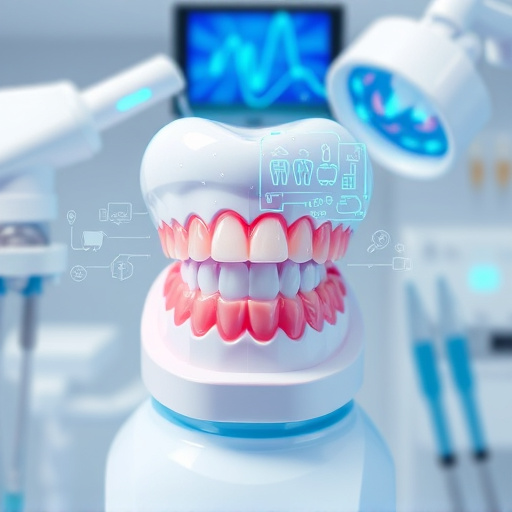
Digital imaging and 3D printing have significantly revolutionized the landscape of dental office technology, dramatically improving treatment speed for various procedures. With advanced digital cameras and scanners, dentists can now capture detailed, high-resolution images of teeth, gums, and oral structures in a matter of seconds, replacing traditional film X-rays that often require developing time. This swift transition to digital imaging not only expedites routine oral exams but also enhances the accuracy of diagnoses, enabling dentists to detect even subtle abnormalities.
Moreover, 3D printing technology has made it possible to create precise dental models and prosthetics from these digital images. Whether it’s for planning complex dental surgeries, fabricating customized crowns or bridges during regular dental cleanings, or quickly producing dental implants for emergency dental care, 3D printing offers unparalleled speed and precision. By streamlining these processes, dental offices can reduce treatment times, increase patient satisfaction, and ensure more efficient delivery of quality oral healthcare services.
– Advantages of electronic health records (EHR) for efficient patient management
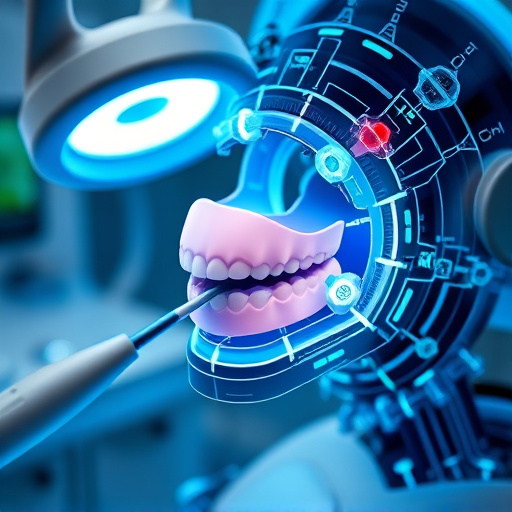
Electronic Health Records (EHR) have revolutionized dental office technology, bringing significant advantages for efficient patient management. By digitizing and centralizing patient data, EHR systems enable dentists to quickly access comprehensive medical histories, including previous treatments like cosmetic fillings or restorative dentistry procedures. This streamlines the process of consent forms, allergy checks, and patient preferences, reducing administrative burdens and allowing more time for actual treatment.
Furthermore, EHRs facilitate seamless communication among dental team members and even with specialists, especially during complex cases like wisdom tooth removal. Real-time data sharing ensures everyone is on the same page, minimizing errors and enhancing overall treatment speed and quality. This technology truly empowers dental professionals to deliver faster, more effective care to their patients.
Dental office technology, particularly digital imaging, 3D printing, and electronic health records (EHRs), significantly streamlines treatment processes. These innovations not only enhance accuracy and efficiency but also dramatically improve treatment speed. By embracing these advancements, dental professionals can optimize patient care, reduce wait times, and ultimately create a more productive and satisfying experience for both patients and practitioners alike.

